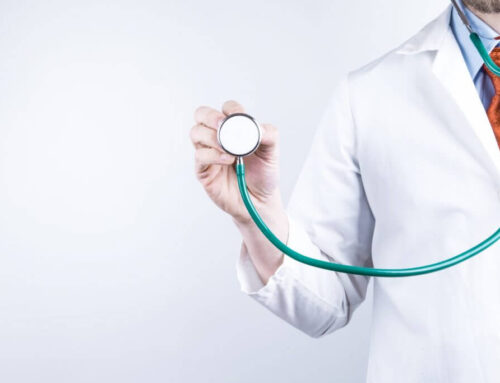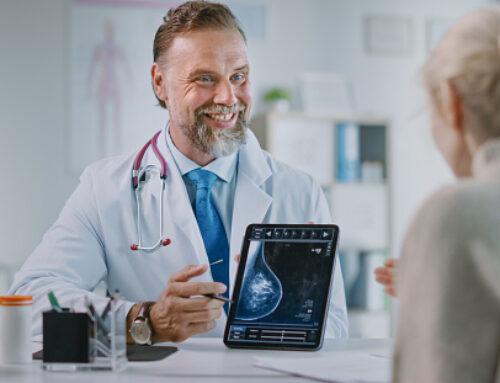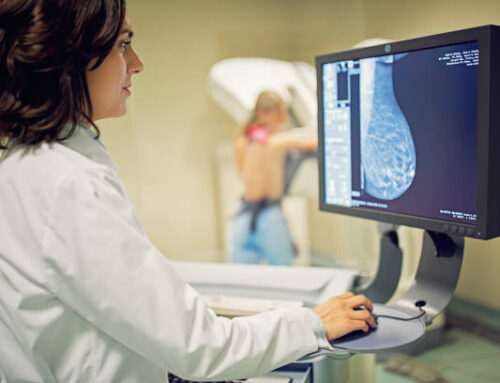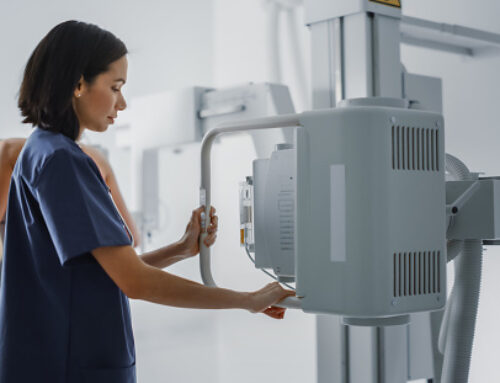Since its introduction on a national scale in the late 1980s modern mammography has reduced the death rate from breast cancer by 30 percent according to an article published in Health Physics. And thanks to advances in imaging technology this lifesaving process has become increasingly accurate. Most hospitals and imaging centers now provide digital mammography one the most effective tools for detecting breast cancer early. And yet the number of women getting mammograms has been declining. Here are 10 of the most common reasons that women skip this vital screening — and 10 reasons you should stop putting it off.
- I have no family history of breast cancer. Breast cancer is very common. While having breast cancer in the family does increase your risk the Cancer Society estimates that only about 5 percent to 10 percent of women diagnosed with breast cancer have a family history of the disease. Other factors such as smoking and being overweight after menopause can increase your risk of developing breast cancer even if nobody else in your family has had it.
- I haven’t perceived any change in my breasts. According to the National Cancer Institute a mammogram can detect abnormalities that are too small for you or your doctor to feel so they can be treated early.
- I’m not old enough — only elderly women need mammograms. If you’re 40 and over the Cancer Society recommends you get a mammogram every year. If you’re younger than 40 talk to your doctor about when to have your first screening. Your doctor may recommend that you begin screening earlier if you have a family history of breast cancer or have new breast problems.
- I don’t have time. Many hospitals and imaging centers offer extended hours for your convenience. The Reid Breast Center offers early morning and evening appointments. With digital mammography exams typically require less than 30 minutes.
- I perform monthly breast self-exams. Breast self-exams do increase your chances of early detection and treatment but some abnormalities are too small for you to feel them by hand. With the latest developments in digital imaging technology images can be enhanced and magnified which allows breast masses to be identified more easily than with traditional physical breast exams.
- I don’t want to be exposed to all that radiation. Digital mammography uses the smallest possible amount of radiation required to deliver a clear and detailed exam image. Consequently mammograms are now safer than they have ever been.
- I’ve heard they’re too painful. Mammograms can be uncomfortable. But digital mammography incorporates a new design of the compression paddles — they bend with your body creating pressure only as needed. And since digital exams are faster there’s less compression time than with traditional screenings.
- I’m afraid of finding cancer. While fears of finding cancer are understandable postponing screenings is not advisable — especially if you have risk factors for breast cancer. Breast exams and mammograms can save your life by finding cancer early when it can be successfully treated.
- I’m too busy taking care of my family’s health to worry about my own. Being a caregiver sometimes means putting your family’s health before your own but you can’t take care of others if you’re sick. Taking care of your own health through nutrition exercise routine doctor’s visits and annual preventive screenings — including mammograms — means that you’ll have the energy and health needed to help those around you for years to come.
- I can’t afford it. According to the American Cancer Society most insurance companies cover the cost of screening mammography. If your insurance doesn’t cover your exam or you are uninsured BRAvo! can help. Call 983-3358 and ask about a no-cost mammogram. The BRAvo! program means no one who can’t afford it ever incurs out-of-pocket expenses with a screening mammogram appointment at Reid Breast Center.
- It hurts. True, it isn’t comfortable. But having breast cancer hurts even more. Ladies — do we get our eyebrows plucked, do we get hair removed by waxing, and do some of us get breast implants and plastic surgery? A mammogram is far less painful than going through all of this.
- I don’t feel a lump. You do not have to feel a lump to have breast cancer. Microcalcifications only show up on mammograms — you can’t feel them. The vast majority of calcifications are benign, but they can also be a warning sign of early breast cancer.
- I am too small to have cancer, I have small breasts. Too small, too large, cancer knows no size.
- Too much radiation. The EPA states that you get just as much radiation from natural occurring radiation in six months as you get with one mammogram. Examples of natural sources of radiation are from the earth, radon in the air, and traveling in an airplane.
- I am too young. It is very rare to get cancer before age 30, but if you feel a lump, get it checked it out. If you have a family history of breast cancer, you should start getting a mammogram 10 years before your family member was diagnosed. For example, if your mother was diagnosed at 38-years-old, you should start getting your mammograms at 28.
- “I am healthy.” An avid runner, Cheryl Crow led a healthy lifestyle and still got breast cancer. Dana Reeve (Christopher Reeve’s wife) got lung cancer and she never smoked cigarettes. Cancer does not discriminate between healthy and unhealthy people.
- My doctor never ordered one. If not, ask why and then have your doctor place the order
- I heard mammograms miss a lot of cancers. Yes, mammograms can miss cancer. No diagnostic procedure is 100 percent infallible. Between mammography and self-breast examination, we can decrease this statistic. Not having a mammogram catches 0 percent of cancers.
Early detection is key to defeating breast cancer. Getting your annual mammogram is an important part of your healthy body routine. Now’s the time. Edward-Elmhurst Health makes it so simple. We offer same-day, no referral appointments and same-day results for most mammograms.
Mammography
Mammograms don’t prevent breast cancer, but they can save lives by finding breast cancer as early as possible. The value of screening mammograms was questioned in November 2009 when the U.S. Preventive Services Task Force recommended that routine screening mammograms for women with an average risk of breast cancer should start at age 50 instead of age 40. The recommended changes were very controversial and were not universally adopted. Since that time, the American Medical Association, the American College of Obstetricians and Gynecologists, the American College of Radiology, the American Cancer Society, the National Cancer Institute, and the National Comprehensive Cancer Network all have issued guidelines saying that all women should be eligible for screening mammograms starting at age 40. Finding breast cancers early with mammography has also meant that many more women being treated for breast cancer are able to keep their breasts. When caught early, localized cancers can be removed without resorting to breast removal (mastectomy). The main risk of mammograms is that they aren’t perfect. Normal breast tissue can hide a breast cancer so that it doesn’t show up on the mammogram. This is called a false negative. And mammography can identify an abnormality that looks like a cancer, but turns out to be normal. This “false alarm” is called a false positive. Besides worrying about being diagnosed with breast cancer, a false positive means more tests and follow-up visits, which can be stressful. To make up for these limitations, more than mammography is often needed. Women also need to practice breast self-examination, get regular breast examinations by an experienced health care professional, and, in some cases, also get another form of breast imaging, such as breast MRI or ultrasound. Some women wonder about the risks of radiation exposure due to mammography. Modern-day mammography only involves a tiny amount of radiation — even less than a standard chest X-ray.
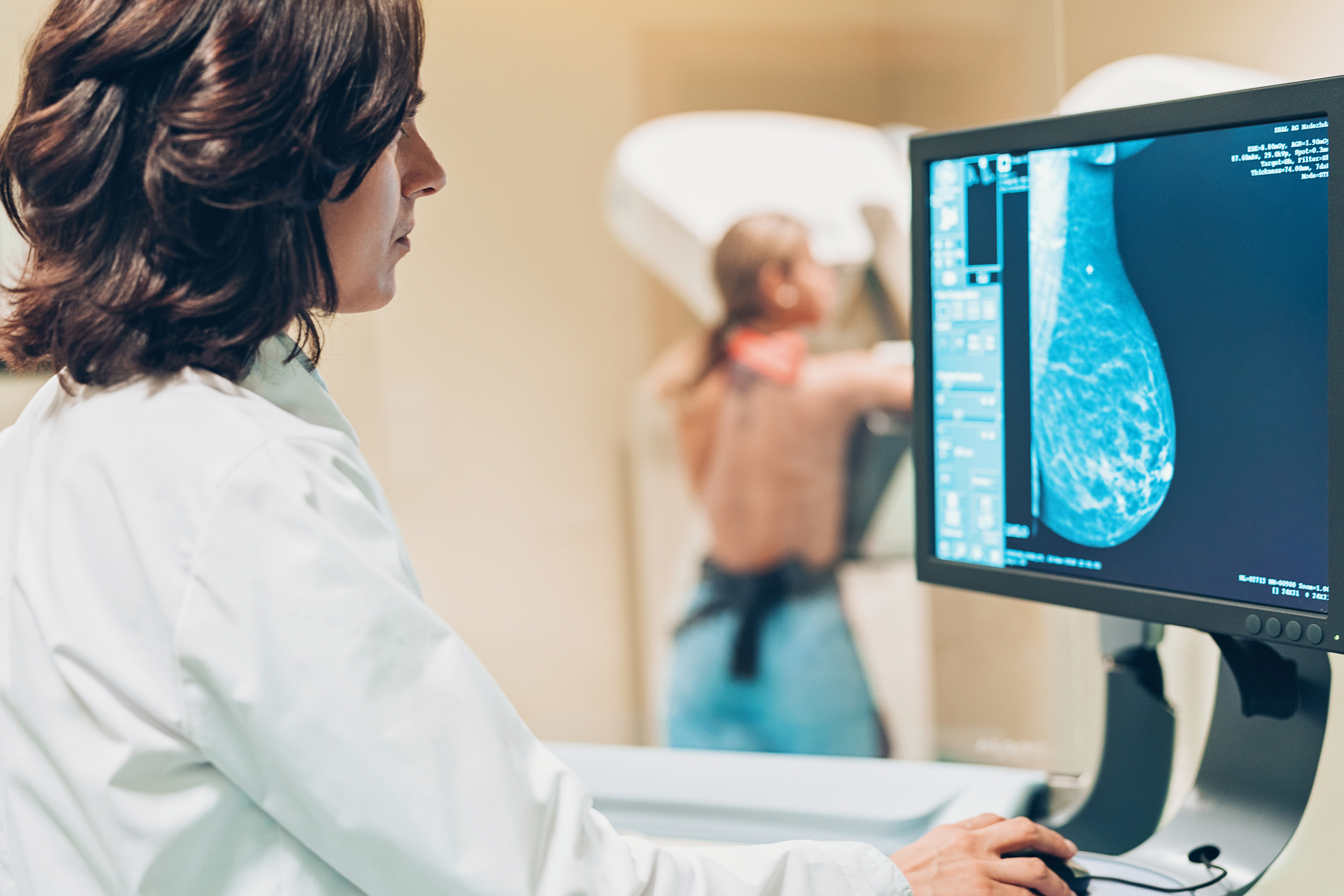
Important things to know about mammograms
They can save your life. Finding breast cancer early reduces your risk of dying from the disease by 25-30% or more. Women should begin having mammograms yearly at age 40, or earlier if they’re at high risk. Don’t be afraid. Mammography is a fast procedure (about 20 minutes), and discomfort is minimal for most women. The procedure is safe: there’s only a very tiny amount of radiation exposure from a mammogram. To relieve the anxiety of waiting for results, go to a center that will give you results before you leave. Get the best quality you can. If you have dense breasts or are under age 50, try to get a digital mammogram. A digital mammogram is recorded onto a computer so that doctors can enlarge certain sections to look at them more closely.
Limitations of Mammograms
Mammograms are the best breast cancer screening tests we have at this time. But mammograms have their limits. For example, they aren’t 100% accurate in showing if a woman has breast cancer. They can miss some cancers, and sometimes they find things that turn out not to be cancer (but that still need further testing to be sure).
False-negative results
A false-negative mammogram looks normal even though breast cancer is present. Overall, screening mammograms miss about 1 in 8 breast cancers.
- Women with dense breasts are more likely to get false-negative results.
- False-negative mammograms can give women a false sense of security, thinking that they don’t have breast cancer when in fact they do.
- It’s important to see your doctor if you have new breast symptoms, even if you’ve had a normal screening mammogram recently. Additional tests such as a diagnostic mammogram and/or a breast ultrasound may be needed to look more closely at the area where you’re having symptoms.
False-positive results
A false-positive mammogram looks abnormal even though there is no cancer in the breast. Abnormal mammograms often require extra testing (diagnostic mammograms, ultrasound, and sometimes MRI or even a breast biopsy) to find out if the change is cancer.
- False-positive results are more common in women who are younger, have dense breasts, have had breast biopsies, have breast cancer in the family, or are taking estrogen.
- About half of the women getting annual mammograms over a 10-year period will have a false-positive finding at some point.
- The odds of a false-positive finding are higher for the first mammogram (or if previous mammograms aren’t available for comparison). Women who have past mammograms available for comparison reduce their odds of a false-positive finding by about half.
- False-positive mammograms can cause anxiety. They can also lead to extra tests to be sure cancer isn’t there, which cost time and money and maybe even physical discomfort.
Mammograms might not be helpful for all women
The value of a screening mammogram depends on a woman’s overall health. Finding breast cancer early may not help her live longer if she has other serious or life-threatening health problems, such as serious heart, kidney, liver, or lung disease. The American Cancer Society breast cancer screening guidelines emphasize that women with serious health problems or short life expectancies should discuss with their doctors whether they should continue having mammograms. Our guidelines also stress that age alone should not be the reason to stop having regular mammograms.
It’s important to know that even though mammograms can often find breast cancers that are too small to be felt, treating a small tumor does not always mean it can be cured. A fast-growing or aggressive cancer might have already spread, even if the tumor in the breast is still small.
Overdiagnosis and overtreatment
Screening mammograms can often find invasive breast cancer and ductal carcinoma in situ (DCIS, cancer cells in the lining of breast ducts) that need to be treated. But it’s possible that some of the invasive cancers and DCIS found on mammograms would never grow or spread. (Finding cancers that would never cause problems is called overdiagnosis.) These cancers are not life-threatening, and never would have been found or treated if the woman had not gotten a mammogram. The problem is that doctors can’t tell these cancers from those that will grow and spread.
Overdiagnosis leads to some women getting treatment that’s not really needed (overtreatment), because the cancer never would have caused any problems. Doctors can’t always tell which cancers could be life-threatening and which would never cause problems. Because of this, they advise treating all breast cancers. This exposes some women to the side effects of cancer treatment, even though it wasn’t really needed.
Still, overdiagnosis isn’t thought to happen very often. There’s a wide range of estimates of the percentage of breast cancers that might be overdiagnosed by mammography, but the most credible estimates range from 1% to 10%.
Radiation exposure
Because mammograms are x-ray tests, they expose the breasts to radiation. The amount of radiation from each mammogram is low, but it can still add up over time. For more on this, see Mammogram Basics.


